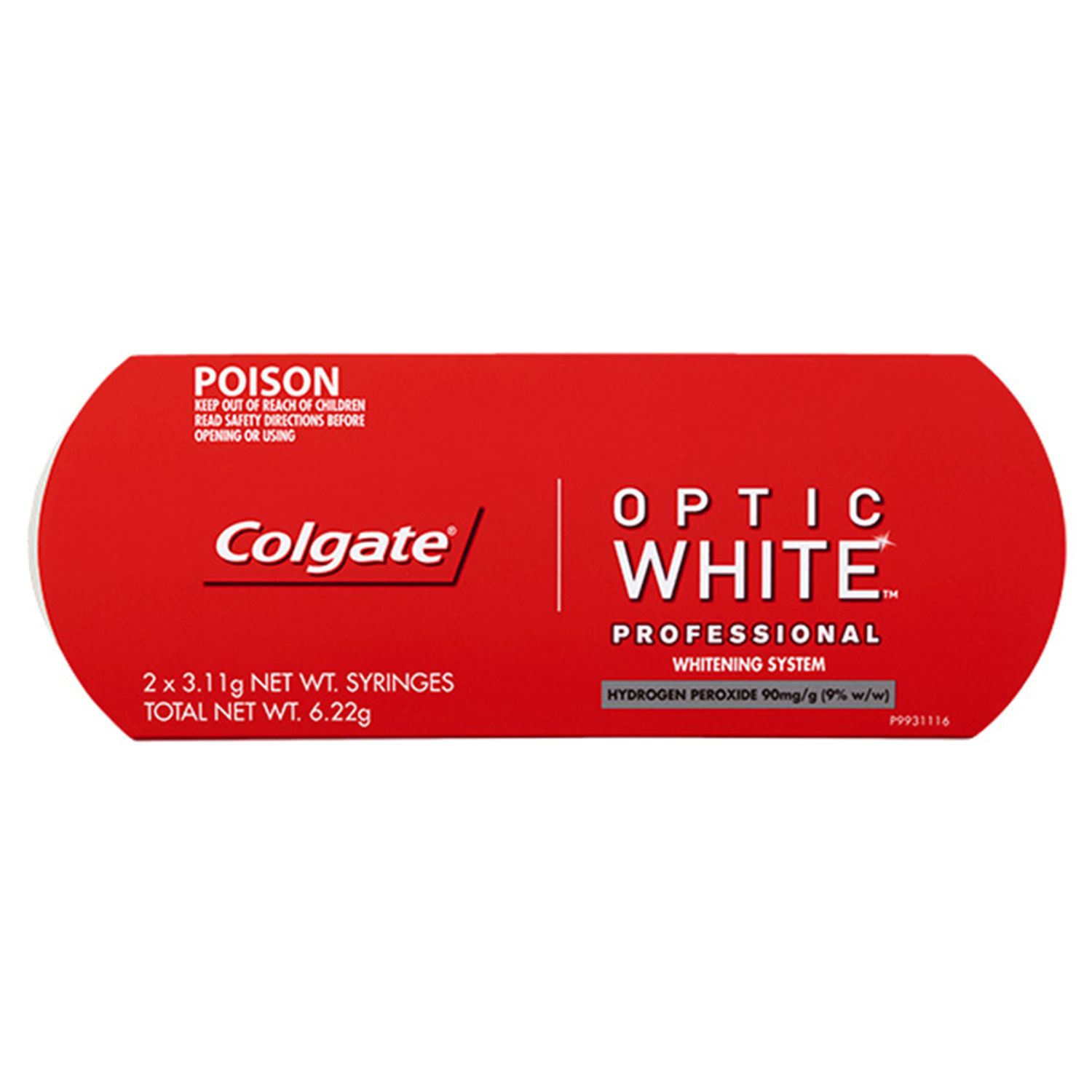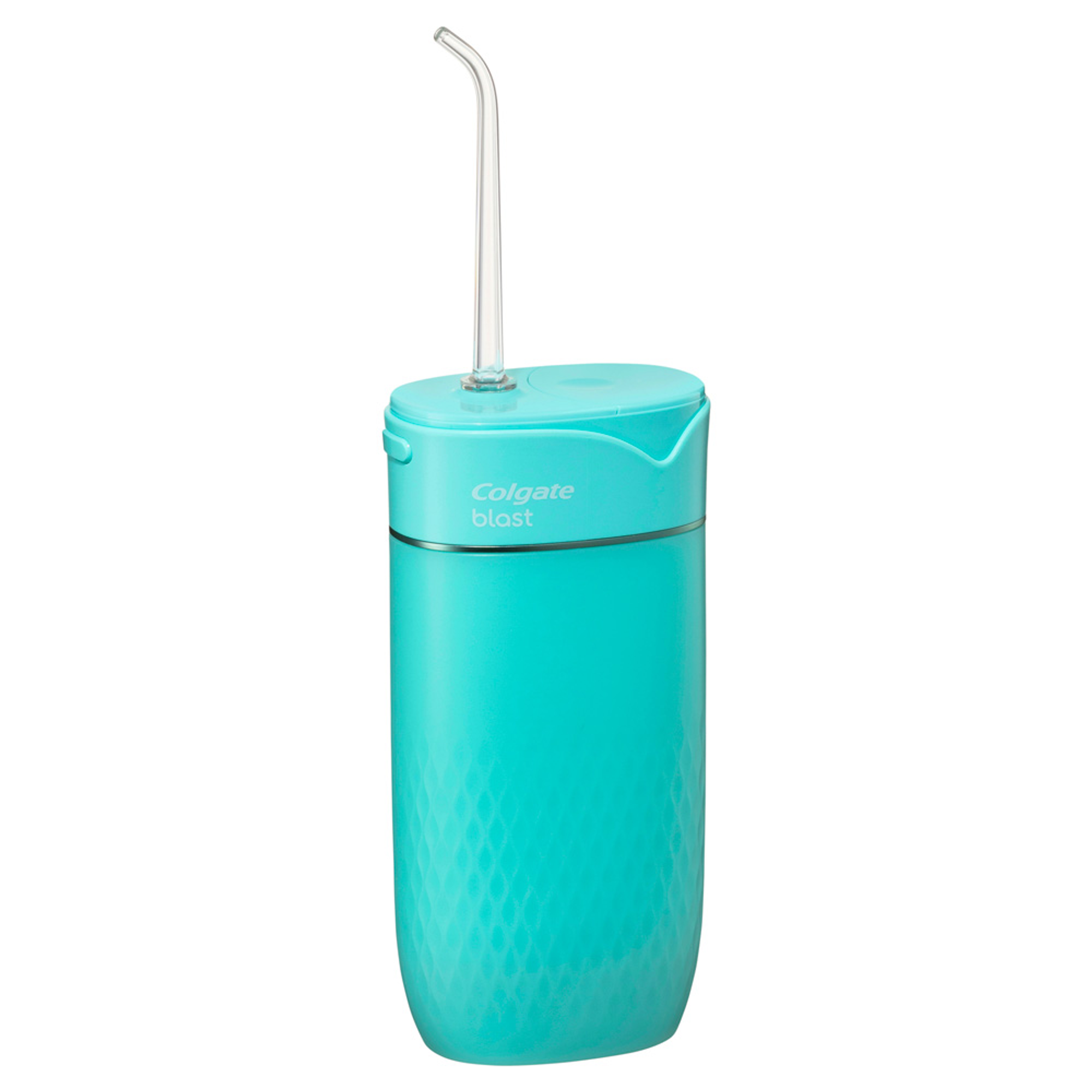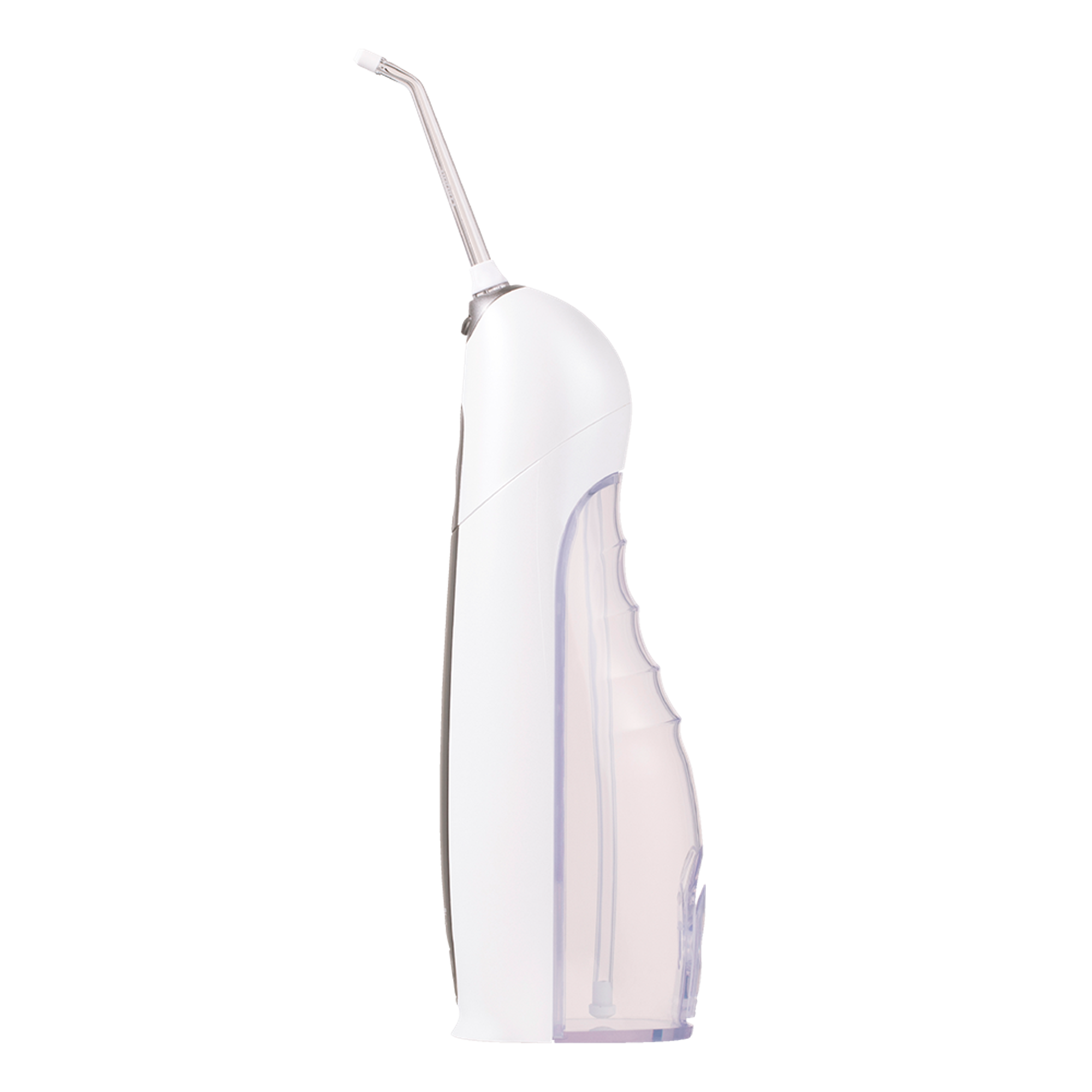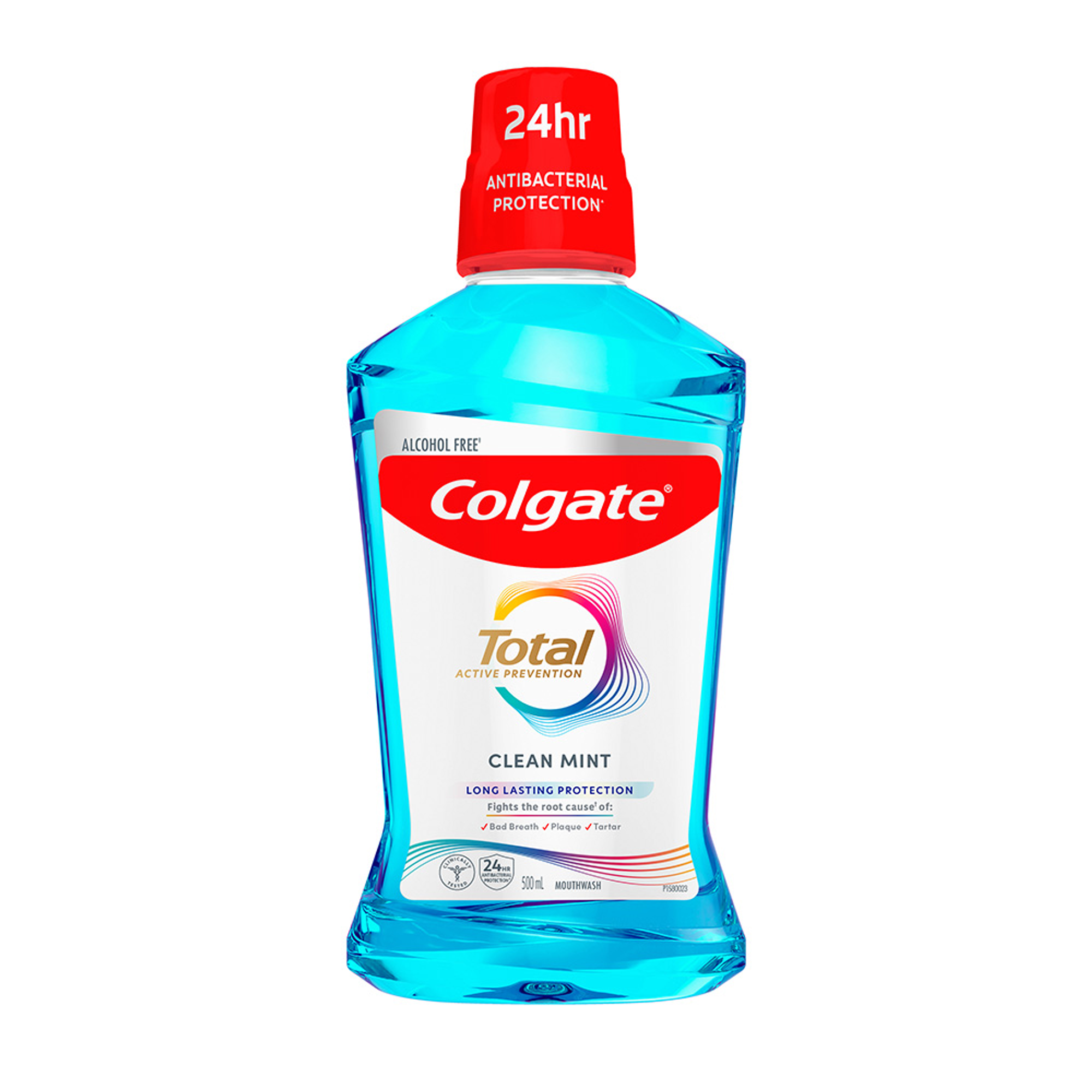
What Is It?
Your teeth can become discoloured by stains on the surface or by changes in the tooth enamel and dentine. Dental professionals divide discolouration into three main categories:
Extrinsic — this occurs when the outer surface of the tooth (the enamel) is stained by foods and drinks with dark pigments such as coffee, wine, soy sauce and cola drinks. Smoking also causes extrinsic stains.
Intrinsic — this is when the structure of the tooth (the enamel and dentine) changes shade. This can be caused by systemic factors as the teeth are forming e.g. an illness with high fever, use of tetracycline, or excess fluoride ingestion. Alternatively, trauma to the forming tooth or to the erupted tooth causing nerve damage can result in tooth discolouration. Generally, and most commonly, the factors causing extrinsic staining such as darkly pigmented foods and drinks, and smoking can cause stains to become incorporated into the enamel and dentine.
Age-related — Our teeth naturally begin to turn yellower and darker as we get older, as the dentine, which is naturally more yellow, becomes thicker as we age. The whiter enamel, that covers the teeth gets thinner with age, which allows the dentine to show through more.
Diagnosis
No special tests are needed. A dental professional can diagnose tooth discolouration by looking at the teeth.
Expected Duration
Some tooth discolouration can be removed with professional cleaning, but many stains (intrinsic and age-related) are permanent unless the teeth are treated (whitened) with a bleaching gel.
Prevention
Brushing your teeth with a whitening toothpaste can help to reduce stains. Dental professionals recommend that you rinse your mouth with water after having wine, coffee or other drinks or foods that can stain your teeth. Regular professional cleaning by a dental professional also will help to prevent surface stains.
Intrinsic stains that are caused by damage to a nerve or blood vessel in the inner part (the pulp) of a tooth sometimes can be prevented by having root canal treatment, which removes organic material before it has a chance to decay and darken. However, teeth that undergo root canal treatment may darken anyway.
Treatment
Discolouration often can be removed by applying a bleaching agent to the enamel of the teeth. A dental professional will apply bleaching gel that causes the teeth to get significantly whiter in about 30 to 45 minutes. Several follow-up treatments may be needed.
It's also possible to remove discolouration with an at-home bleaching gel and whitening trays given to you by your dental professional. The bleaching gels designed for use at home aren't as strong as those applied in the practice so the process can take longer — usually two to four weeks. Whitening toothpastes may remove minor stains and are good for maintenance.
If you've had a root canal treatment and the tooth has darkened, your dentist may apply a bleaching material to the inside of the tooth.
When a tooth has been chipped or badly damaged or when stains don't respond to bleaching, your dentist may recommend covering the discoloured areas. This can be done with a filling material that's colour-matched to the surrounding tooth. Another option is to get veneers, which are thin shells of ceramic that cover the outer surfaces of the teeth.
When To Call a Professional
Tooth discolouration is mainly a cosmetic problem. Speak to your dental professional if you're unhappy with the appearance of your teeth. Any change in a child's normal tooth colour should be evaluated by a dental professional.
Prognosis
The prognosis is very good for extrinsic stains. Intrinsic stains may be more difficult or take longer to treat.
Join us
Get resources, products and helpful information to give your patients a healthier future.
Join us
Get resources, products and helpful information to give your patients a healthier future.










